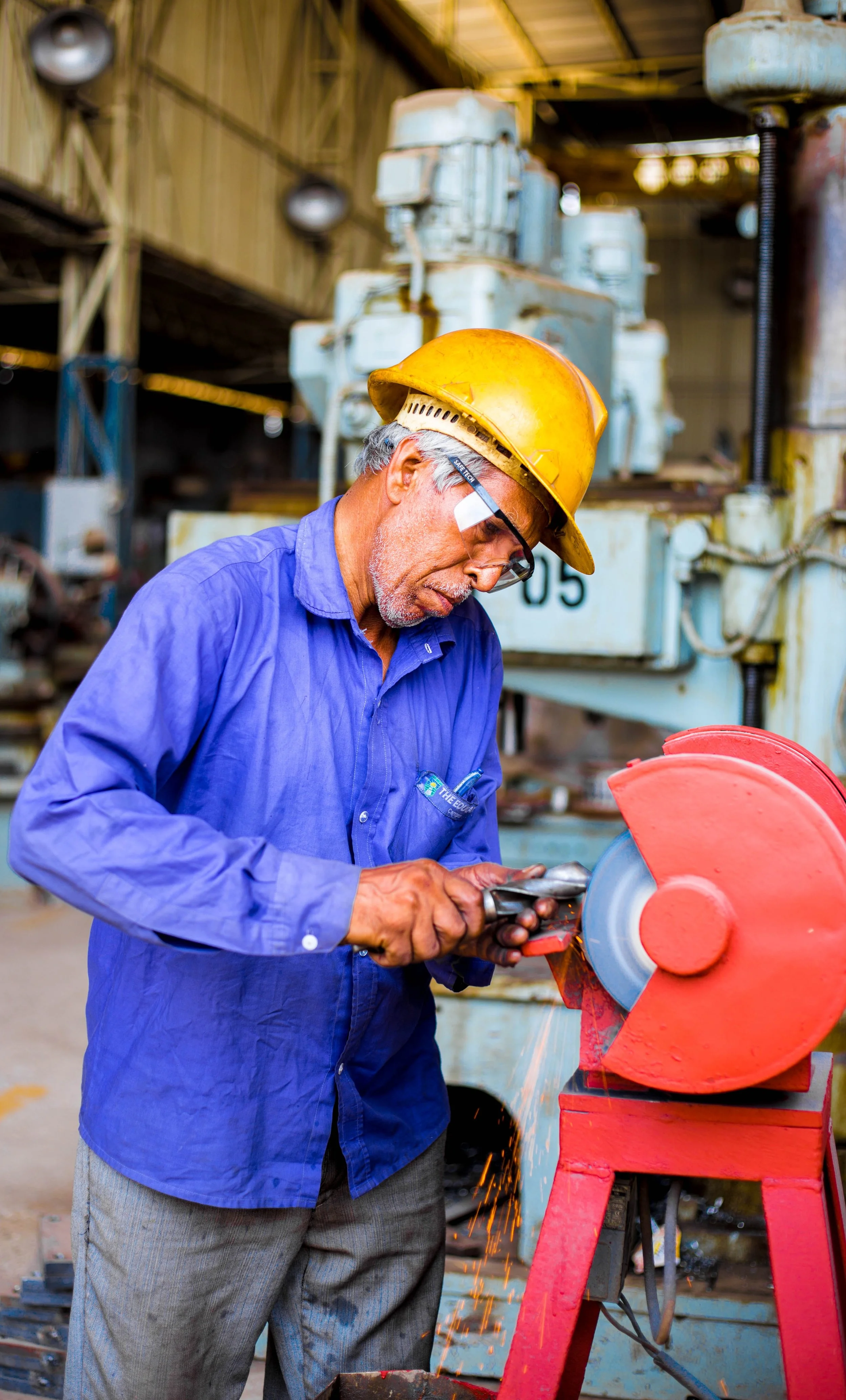“Ang mamatay nang dahil sa ‘yo”
So goes the Philippine National Anthem.
November is often celebrated as the month of the dead—not just your dead teeth from all that Halloween candy, but departed loved ones that we sorely miss.
In this post, we talk about health and safety, as well as the dangers of living in a country like the Philippines.
Most Common Causes of Death
In this order, the leading causes of death among Filipinos are:
#1 Heart Attacks
#2 Strokes
#3 Cancer
#4 Diabetes
#5 High Blood Pressure
#6 Pneumonia
This is according to the Philippine Statistics Authority (PSA) report released last October.
The report, which tallied official death records for January to June 2022, listed ischemic heart disease as the top killer of Filipinos at 18.5%. This is followed by cerebrovascular diseases (eg. stroke) and neoplasms (eg. cancer) at 10.4% and 9.9% respectively.
Covid-19 accounted for 4.4%.
Life Expectancy
How long do Filipinos live?
According to the 2017 UN World Population Prospects report, the life expectancy of an average Filipino is 69 years for men and 73 for women (2010-2015 data). This is an improvement from a decade earlier when Filipinos were only expected to live 65 years (men) and 69 years (women). These numbers were lower than the global average then.
For the past 25 years, the Philippines has been unable to keep pace with the longevity increases of regional neighbors like Singapore (82.3 years), Malaysia (74.7 years), Vietnam (75.6 years), and Thailand (74.6 years).
In comparison, African countries like Chad (48 years), Nigeria (55 years), and Sierra Leone (55 years) have some of the lowest in the world.
Life expectancy correlates pretty well with income. An MIT study has revealed that even in a rich country like America, there are stark differences in the lifespans of the rich and poor. On average, the richest 1% of American men live 14.6 years longer than the poorest 1%. That’s a full 14 years! And the gap is widening by the decade.
In the Philippines, the poor are at a natural disadvantage when it comes to access to healthcare, education, and employment opportunities. This impacts not only the breadth (or quality) of their lives but also their length.
If you are a Filipina, you might find comfort that if you look closely at the numbers, women, not just in the Philippines but around the world, outlive men.
There are many reasons for this—one of which is the kind of jobs that men and women take…
The Most Dangerous Jobs In The Philippines
According to the 2020 Global Rights Index issued by the International Trade Union Confederation (ITUC), the Philippines, together with Bangladesh, Brazil, Colombia, Egypt, Honduras, India, Kazakhstan, Turkey, and Zimbabwe, are the top 10 most dangerous worksites in the world.
(So from the get-go, on the whole, the country is already lagging in safety protocols compared to other nations.)
In no particular order, here are some of the country’s most dangerous jobs:
Machine operators—Factory workers handling dangerous tools like whizzing saws and sharp blades cannot lose focus or they could lose a limb. Be caught off guard and they could be involved in a workplace injury, even fatality.
Security Guards, Police Officers, & Soldiers—Fighting crime is inherently fraught with danger. When a job or role equips you with a gun, there is usually a good reason for that. In the Philippines where crimes can get violent in a heartbeat, maintaining law and order and saving lives can mean risking your own.
Firefighters—Equipment, training, and a healthy budget are needed to effectively combat raging flames. Being a firefighter is a dangerous business, and you don’t even need to come face to face with the flames to face danger: “…three brave firefighters perished in the line of duty when their old fire truck lost its brakes and rolled over in a ditch while trying to respond to a fire scene in Mati City, Davao Oriental.”
Construction Workers—How many times have we heard the news of someone dying in a construction mishap? In a country where standard safety equipment is sorely lacking, and building codes are not observed, the construction job has needlessly become riskier than it already is.
Road workers—Traffic constables and street sweepers, exposed to the elements, are also exposed to the unforgiving flow of vehicles. As we shall soon see, Philippine roads are dangerous and deadly.
Night-time Occupations—Bartenders, gasoline attendants, call center agents, and workers of establishments that typically operate at night are at risk for violent and life-threatening crimes like theft, robbery, assault, and homicide.
Fishermen—According to the International Labour Organization (ILO), being a fisherman can even be more dangerous than being a policeman. In a rich country like the United States, fishing fatalities exceed those of police work and firefighting.
Journalists—Philippines has the moniker of being “one of the most dangerous countries for journalists.” More specifically, the Philippines is 7th after Somalia, Syria, Iraq, South Sudan, and Afghanistan. The Maguindanao Massacre, which killed 58 people, including 32 members of the media, is one of the deadliest episodes in press history.
On The Road
You would think that in a “Third-World Country” like ours, the leading cause of death in children would be some disease like dengue or diphtheria. But according to the DOH, the number one killer of children is not bacteria or viruses. It’s road accidents.
In Metro Manila alone, 2 kids die from road-related accidents.
The number of road incidents and fatalities has grown over the years. In 2007, Metro Manila has logged 63,072 traffic incidents. This ballooned to 116,906 in 2018. (These are only those that have been reported.)
According to the site Philkotse.com, the 5 common causes of road accidents are:
over speeding
driving under the influence of alcohol
improper overtaking
improper turning
jaywalking
The largest number of casualties come from motorcycle accidents. According to the MMDA, these 2-wheeled means of transport have been the main road killer in 2019. In these situations, 90% of the fatalities weren’t wearing helmets.
Accidents/Deaths at Home
The home is supposed to be the safest place on Earth, but because we spend considerable time in our houses, there are more opportunities for domestic accidents. Besides the possibility of heart attacks or strokes striking, while people are busy going about their day, a freak accident or mishap can actually result in loss of life.
The figures from other countries can provide clues as to the prevalence of incidents and mishaps. happening inside or around the house.
In the United States, 1 person dies every day from using the bathroom or shower. This usually involves a slip or a fall, usually by the elderly or children. Bathrooms often have smooth and slippery surfaces, with hard and sharp corners, that increase the likelihood of injury or death.
Falls are a significant portion of deaths or accidents at home. One can fall off the bed, fall off the stairs, or lose balance while on a rickety ladder. You can slip on the floor because of a spill, or because of toys strewn about, or simply because “Bantay” was not sleeping at his usual spot.
For whatever cause, one can suddenly get dizzy, lose consciousness, and fall.
The kitchen can also be a dangerous place. It’s where sharp knives and fire come into contact with the human hand and it is altogether possible that cuts, burns, scalding, or injuries may happen that can even be fatal.
Poisoning, choking, and electrocution are the other dangers that lurk in the home. These can strike at any time, not just children, but even adults.
We’ve looked at the different dangers that beset the Filipino family in this post—from the dangers on the road, on the job, and at home, to the common illness and diseases that one should be on the lookout for. As your partner in health, Bloodworks Lab offers you and your loved ones medical tests and assessments to monitor the well-being of your family.
In addition to being your one-stop-shop for all your blood test needs, Bloodworks Lab is also proud to be the first in the country to offer the Anti Acetylcholine Receptor (lgG) Antibody Test and the Anti N-Methyl-D-Aspartate Receptor (Anti NMDA Receptor) Antibody Test.
Book your appointment today.
Our branches are in Alabang, Katipunan, and Cebu.







